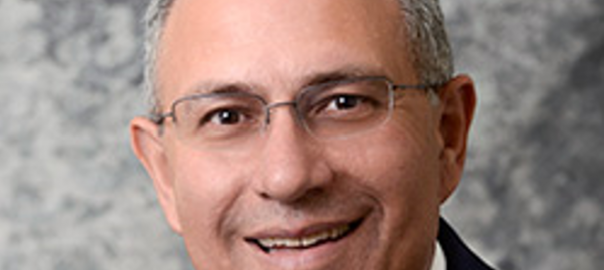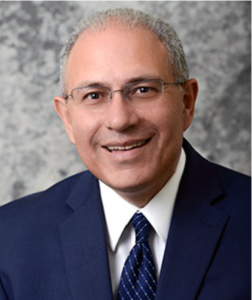
Budget presents opportunity to supercharge community schools
In the past two years, we’ve all been forced to reckon with how our communities have changed. At the height of the pandemic, when most stayed home and Main Streets shut down, our sense of physical community was altered. In the time since, our social bonds have been tested.
Yet from Montauk to Buffalo, one thing in every community has remained unchanged: The central role of public schools — and not only for the education of students. Deeply rooted societal issues like food insecurity, insufficient technological infrastructure, and inability to access health care and social services, were laid bare when families who relied on school lunches, libraries, nurses and support staff couldn’t access them in the same way.
Even with a return to normalcy, those issues aren’t going away, which is why we must expand the use of the community school model in more districts statewide. These are schools that, as the name implies, integrate community services — food pantries, health clinics, social services, mentorship programs — into a school setting. Services are provided on-site, or staff can connect families with outside agencies and providers that can help.
The connection to academics is clear. Any teacher would tell you that a student facing food insecurity is likely to be less focused on the day’s lessons if they don’t have access to free breakfast or food they can take home. The same goes for a student who doesn’t have access to quality eye care and can’t actually see the lesson on the board, or a student who may not be coming to school at all because their family faces housing insecurity.
The key to success in these schools is the hiring of a dedicated community school coordinator. That person not only helps develop on-site programming, but they can dedicate themselves to the triage work necessary to connect families with the services if they aren’t already provided by the school district.
The payoff is clear.
A 2020 Rand Study of the New York City Community Schools initiative found the community schools positively impacted student attendance, on-time grade progression and graduation rates, and led to a reduction in disciplinary incidents for elementary and middle school students.
The community impact is immense as well. Take for example the work of the Rome Connected Community Schools in the Mohawk Valley. From March 2020 through June 2021, the program had distributed more than 8.3 million meals to 32,000 people, provided hygiene supplies to 5,700, school supplies to 3,500 students and made referrals to more than 3,500 services and resources for 1,200 people.
The idea is catching on. A separate New York City initiative, the United Federation of Teachers’ United Community Schools, extends north to Albany. Rome’s CCS has expanded to roughly a dozen neighboring districts in the region. And even rural districts are benefiting. In Saranac Lake, some 20 community partners work with the district to deliver everything from before- and after-school childcare to internet assistance to dental and eyecare. In all, nearly 300 districts statewide use the community school model, with offerings that vary.
Strictly speaking dollars and cents, the return on investment is impressive, too. Nationally, a 2019 study from the ABC Community School Partnership estimated for every $1 invested in establishing a community school and hiring a site coordinator, the average return on investment was roughly $7. In Rome, the estimate is nearly three times that at $1:$20, thanks to cost-sharing arrangements with providers and both financial and non-monetary donations.
It’s a smart investment, but even with 300 districts bought in, that’s less than half of 731 statewide. The biggest barrier to further expansion is funding.
Both the Assembly and Senate one-house budgets include $100 million dedicated specifically for creating additional community schools, an essential fund. A portion of that money should be set aside for training community school coordinators, which the union-led United Community Schools would be well-equipped to do in districts across the state.
As our communities change, so must our schools. Creating a new, better normal for students must be the priority in the final budget.
Andy Pallotta is president of the New York State United Teachers union.

